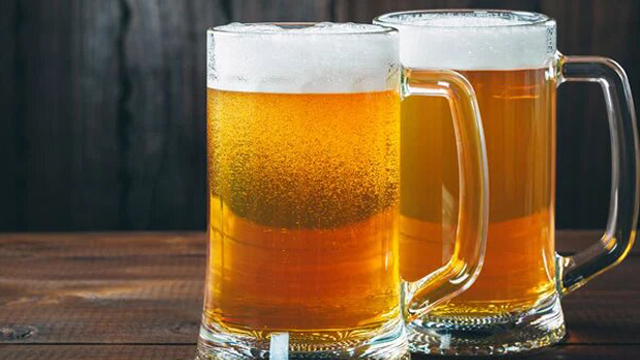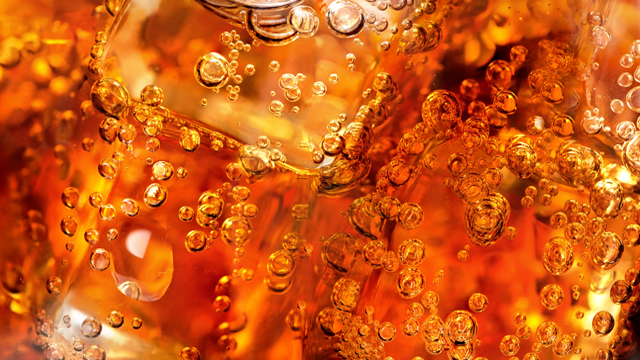Beer filtration and treatment - challenges and solutions
Beer filtration
Kieselguhr or cross-flow filtration are common filtration processes to remove almost all yeast and other unwanted substances that can spoil your beer.

Challenge
- Oxidation during beer filtration
Solutions
- Alfa Laval Aldox Mini for producing deaerated water
- Alfa Laval BREW series of centrifugal separators to increase filtration cycles
Outcome
- Deaerated water prevents oxygen pick-up during filtering to help preserve beer quality
- Separators help reduce frequency of CIP and use of consumables
Separation for your brewery - webinar - 24 Sep 2019
A centrifuge, or a separator, is a great tool that can help you to increase the profit from every batch of beer from your brewery and at the same time improve the quality of your beer. In this webinar our experts Joakim Gustafsson and Fernando Jimenez will introduce you to separation technology and explain how it is used in beer breweries. You will get to know why more and more brewers pay attention to beer centrifuges. You will find out, how separation can help you increase yield, improve beer quality and profitability.

Gas blending, alcohol adjustment, additives
Carbon dioxide is natural to the brewing process and it is important to ensure its concentration at optimal level for perfect beer texture and taste.

Challenges
- Low CO2 concentration in the fermenter
- Need for different CO2 concentrations in final products
- Slow and imprecise equipment
Solution
Outcome
- Precise CO2 inline injection
- Equalization of CO2 concentration on demand
- Individual settings for recipes can be stored
- N2 injection on demand (for thick creamy beer)
- Alcohol/Plato content adjustment with deaerated water
Mixing in bright beer tanks
Mixing in bright beer tanks (BBT) is required for batch dosing and homogenization or when you want to create products such as Shandy or Radler.

Challenge
- Re-fermentation in bottle (when yeast and sugar dosing before bottle conditioning)
Solution
Outcome
- Fast blending for active tank homogenization
- Mobile unit (can be moved between tanks)
Brewing equipment for alcohol removal
It is estimated that by 2020 as much as 20% of all beer sold will fall into the 'healthy' category, i.e. with alcohol content removed and is an area that needs to be addressed by all brewers as they offer new products to consumers.

Challenge
- Need to address low alcohol market
Solutions
Outcome
- Reduction of harmful thermal impact
- Minimum loss of flavour
- Generation of reverse osmosis (RO) water
- Simple plug-in process
Solution
Outcome
- Efficiently and gently in a single-pass to produce full-flavoured beers
- Simple to add non-alcoholic brewing capability without the need for major capital investment
Pasteurization of craft beer
Pasteurization (ie high temperature) is the classic method to destroy micro-organisms in the final step before beer packaging.

Challenges
- Microbiological instability
- Oxygen pick up during transfer/process
Solution
Outcome
- All micro-organisms destroyed
- Regulates and pasteurizes variable flows
- No CO2 breakup during high temperature stage
- Hygienic and compact
- Individual recipes can be stored
Sterile filtration
Many breweries now choose sterile filtration as an alternative to pasteurization, because this makes it possible to remove undesirable microorganisms before the beer is filled into bottles or kegs.

Challenges
- Micro-organisms can affect beer quality and taste
- Thermal treatment may cause degradation
Outcome
- 100% bacteria retention without thermal degradation
- No effects on your product’s flavour
- Low oxygen pick-up at start-up and close to zero product losses
